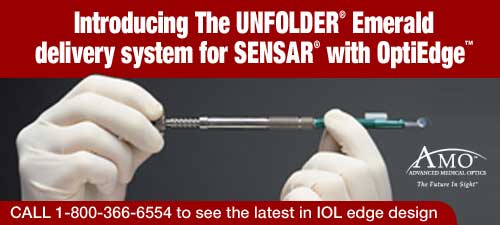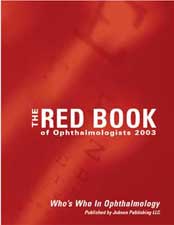Association Between
Cataract and Mortality Among Older Adults
Older persons with cataract, in particular those who decline surgery,
have an increased risk of death, according to researchers at the University
of Alabama at Birmingham.
Previous research has suggested that persons with cataract have an increased
risk of death. Researchers in this cohort study aimed to compare the mortality
experience of patients with cataract who elect surgery, patients with
cataract who do not elect surgery and patients without cataract independent
of potentially confounding risk factors. Of 384 patients of ophthalmology
and optometry clinics affiliated with the Callahan Eye Foundation Hospital
in Birmingham, 286 had cataract, and 200 of these elected to have cataract
surgery. Patients with cataract who elected or did not elect to have surgery
had significantly higher mortality (crude mortality rate ratio [MRR] 3.9,
95 percent CI 1.5 to 9.8) compared to those without cataract (MRR 7.3,
95 percent CI 2.8 to 19.1) After adjustment for age, gender, race, education,
chronic medical conditions, smoking, drinking, depression and cognitive
status, the no-surgery cataract group had an elevated mortality rate (MRR
3.2, 95 percent CI 1.2 to 9.0), compared to the no-cataract group, with
a borderline elevation in MR for the surgery group (MRR 2.0, 95 percent
CI 0.8 to 5.9). Limiting the study population to non-diabetics or those
without concurrent eye conditions (glaucoma, maculopathy, retinopathy)
did not materially influence the adjusted MRRs, although the precision
of the estimates was reduced. The study’s results support the hypothesis
that age-related cataract reflects systemic as well as localized ocular
disease.
|





















